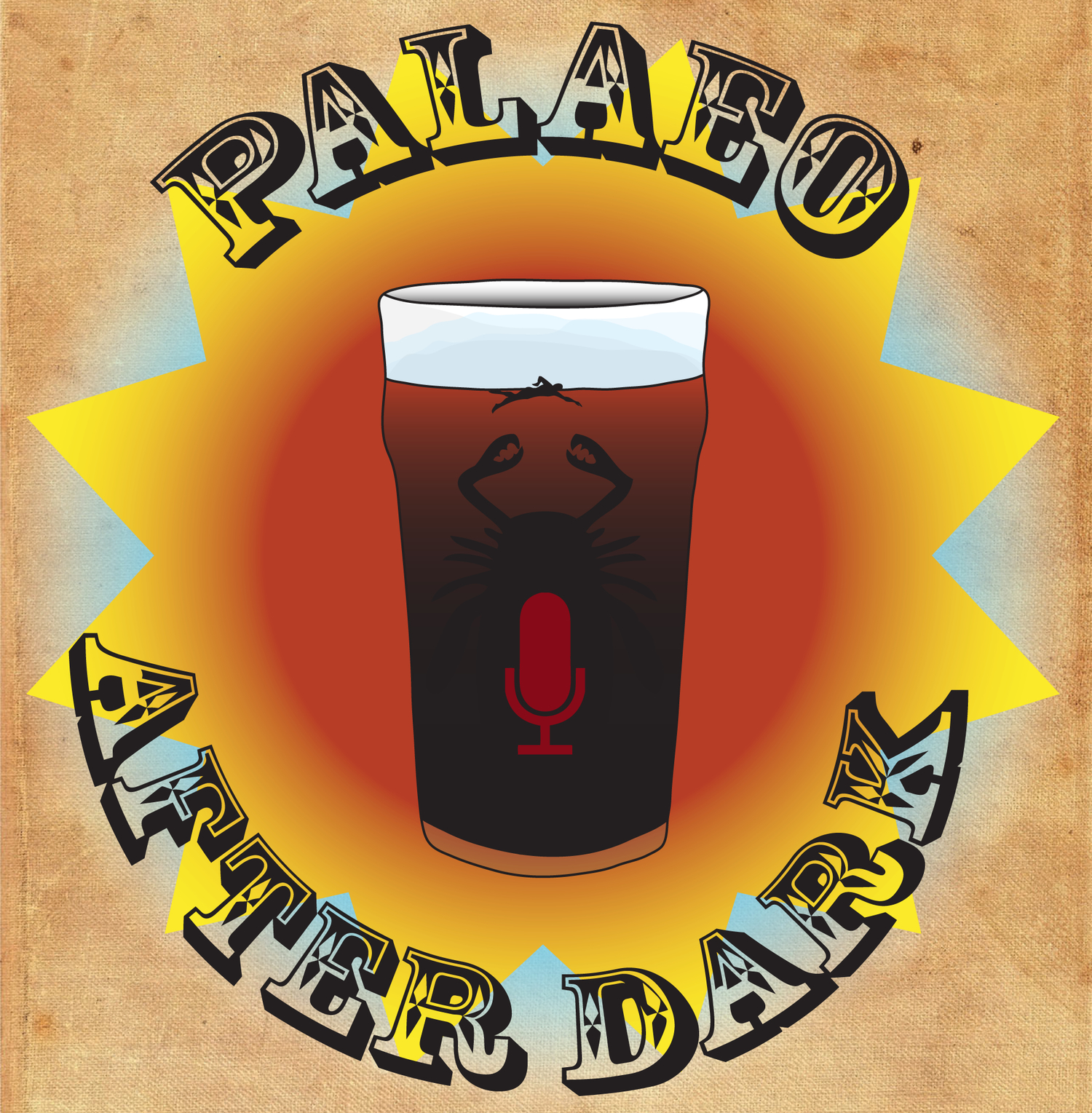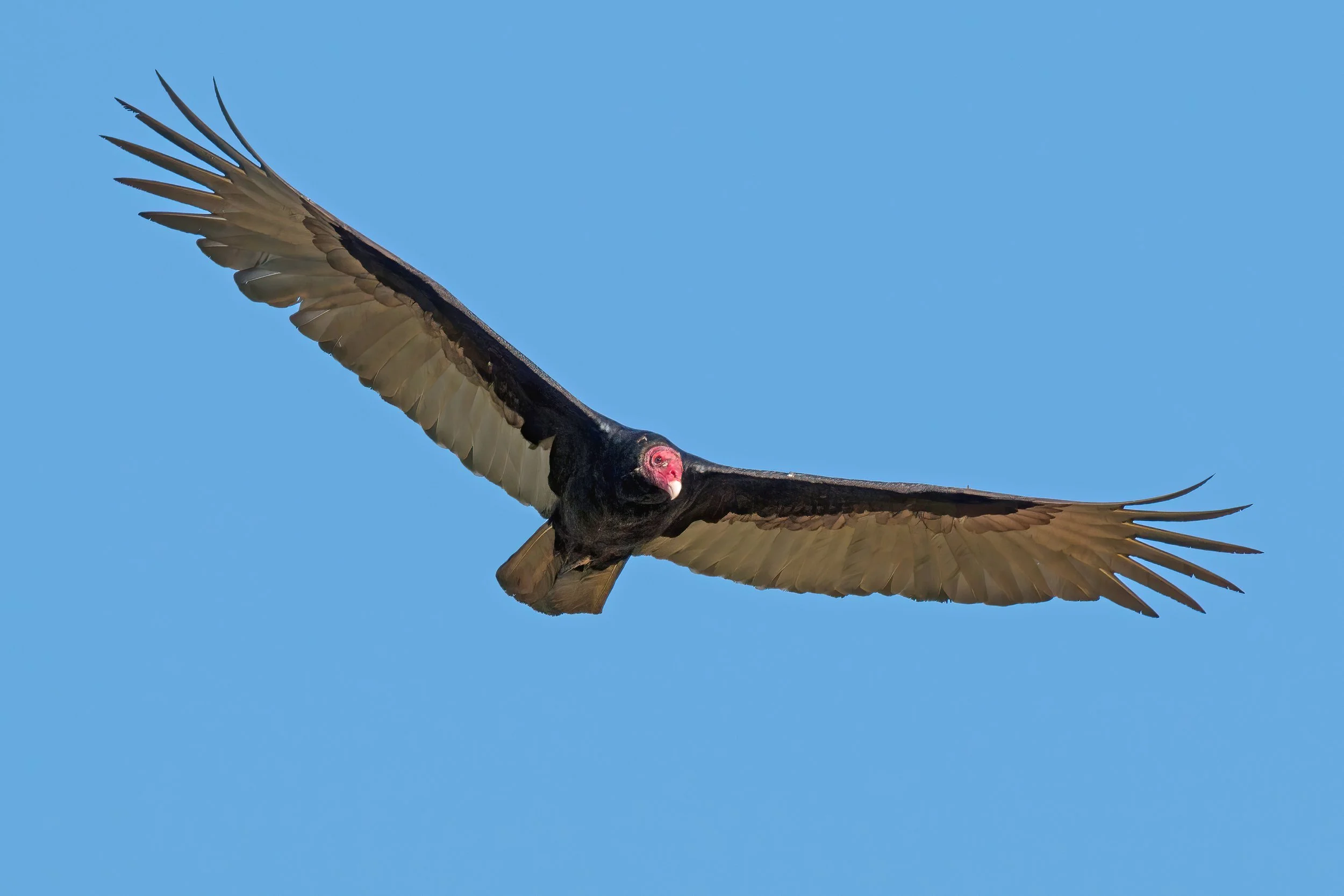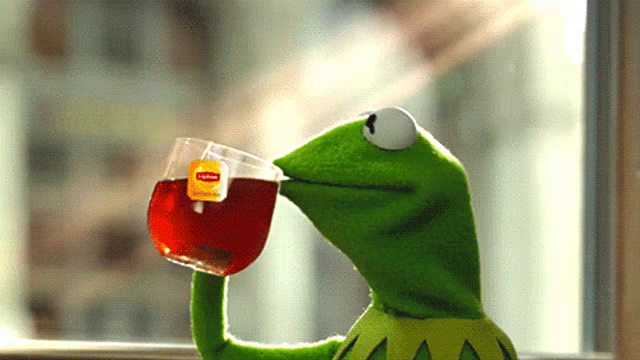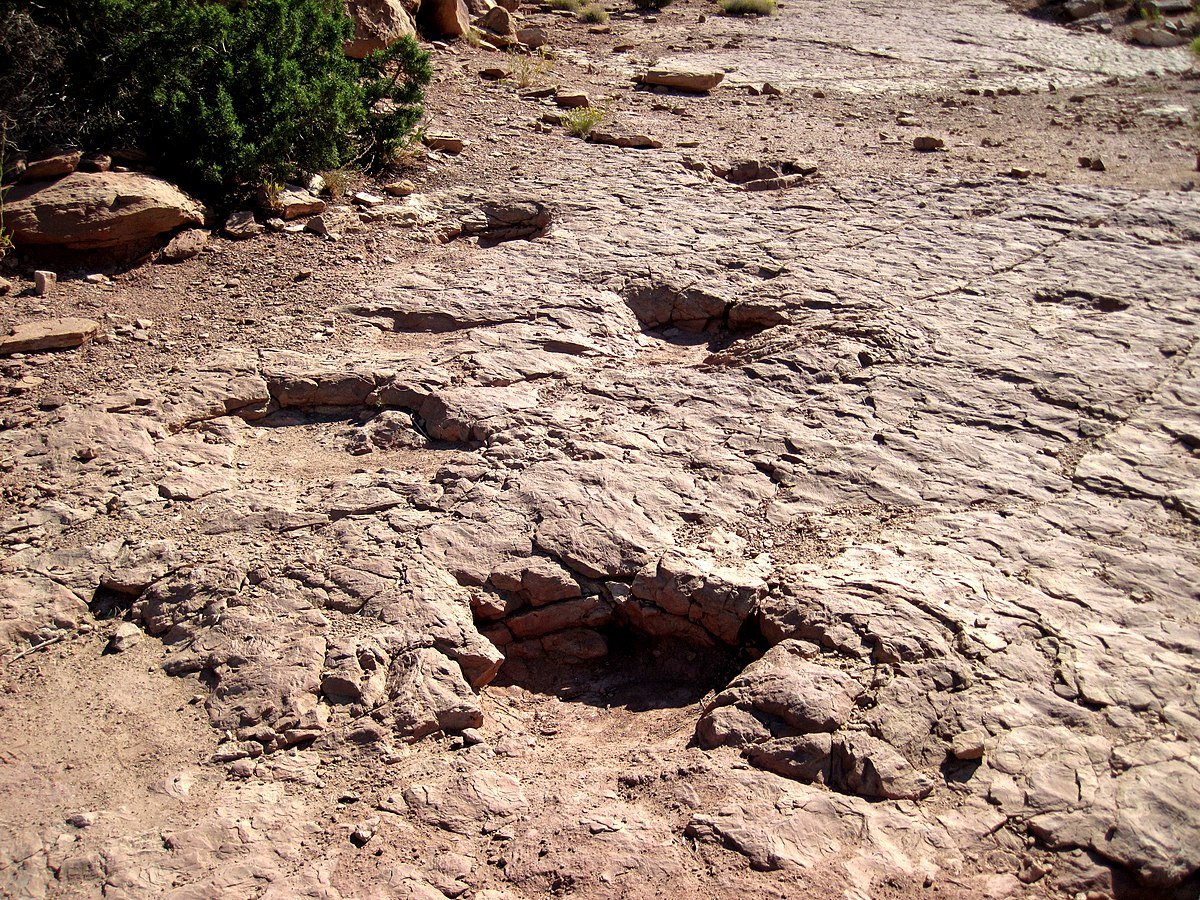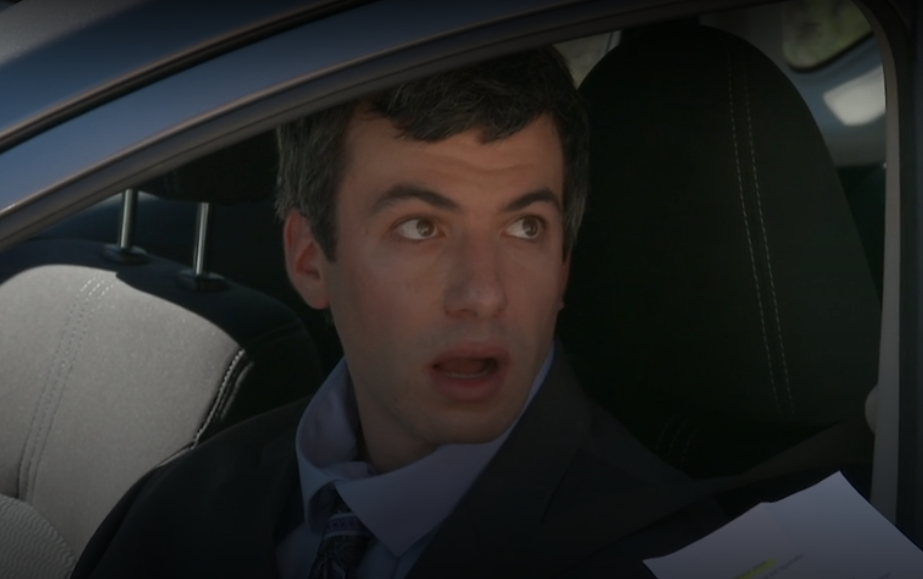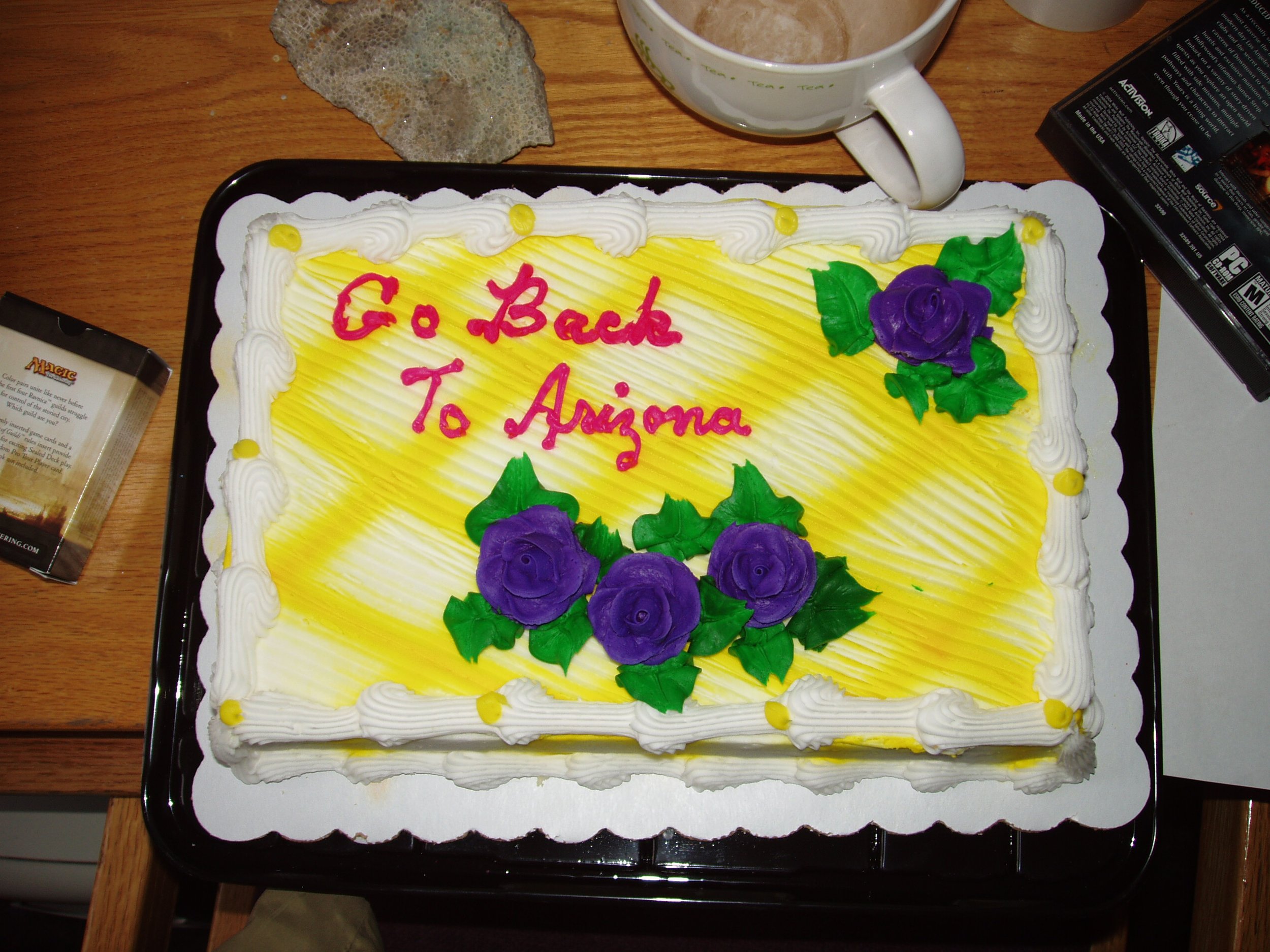Podcast 245 - The Fishopodcast
/The gang discusses two papers that look at the complicated path tetrapods took to getting on land. The first paper looks at a more derived stem tetrapod that went back into the water, and the second paper uses trace fossils to investigate the foodweb of a community dominated by some early tetrapods. Meanwhile, Amanda has a friend over, James knows how to be silent, and Curt teaches everyone that things continue to exist even when we don’t see them.
Up-Goer Five (Curt Edition):
Our friends talk about two animals that are great great great great great great father and mother to all of the animals that are on the land. But these animals did not all make their way on to the land in a simple way. The first paper looks at an animal that looks like it went back into water. This animal has all of the parts that you need to live well in the water, even though it also has parts from animals that would be on the land, or at least spending some time on the land. This means that the way on to the land has a lot more steps forward and back than we like to think.
The second paper looks at the places these animals were living in and tries to use the parts that are around and how they were hurt to see what may have been eating what. People have thought that these animals went on to the land to get away from things that might have been eating them. This paper shows that those animals might have been the things that were eating other animals. It seems like being one of these animals that lives in the water was a pretty good way to live.
References:
Robin, Ninon, et al. "Vertebrate predation in the Late Devonian evidenced by bite traces and regurgitations: implications within an early tetrapod freshwater ecosystem." Papers in Palaeontology 8.4 (2022): e1460.
Stewart, Thomas A., et al. "A new elpistostegalian from the Late Devonian of the Canadian Arctic." Nature 608.7923 (2022): 563-568.
